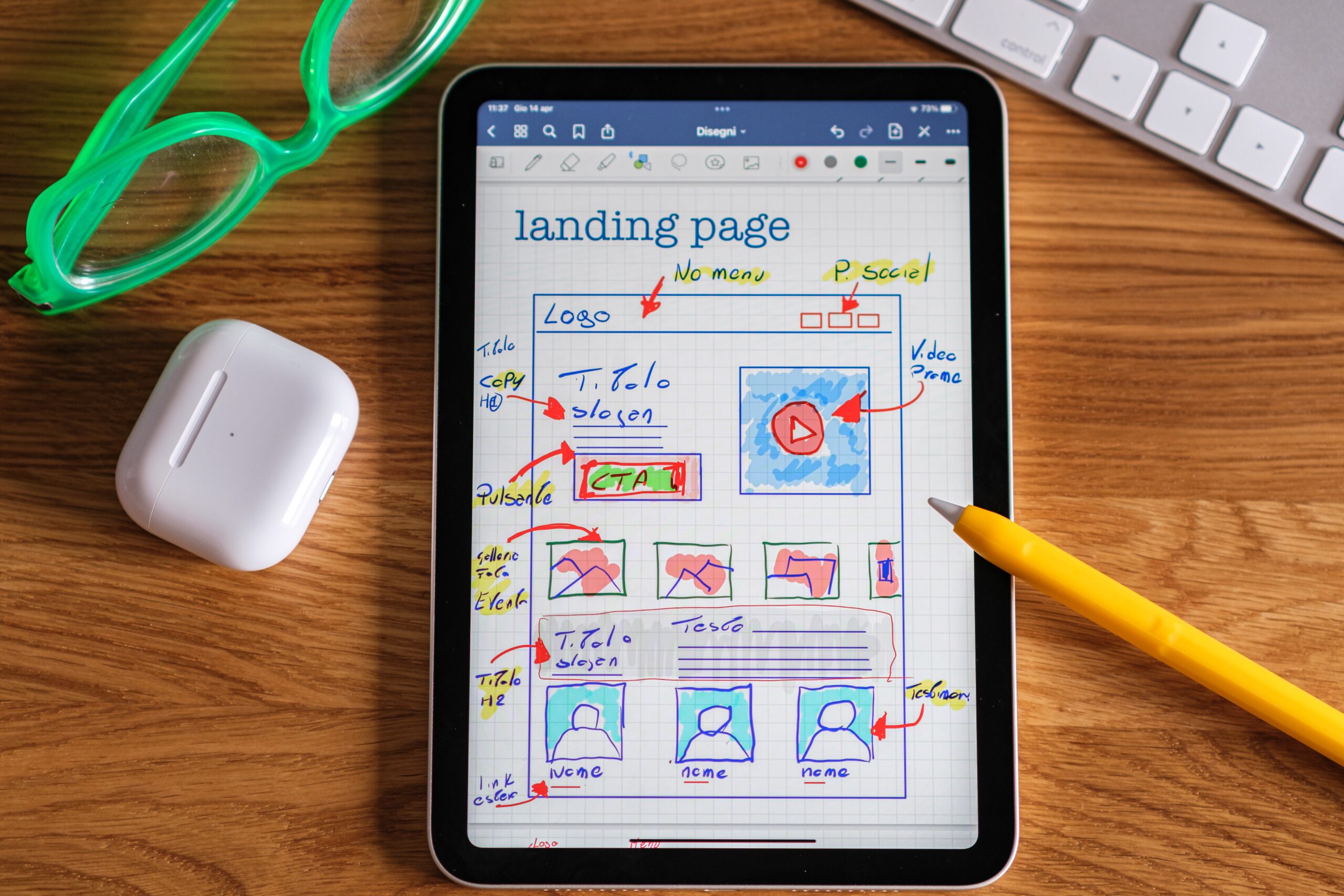Unraveling the Art of Web Design: Creating Engaging Digital Experiences
Dive into the world of web design and discover how it shapes captivating online experiences.
What is web design?
Web design refers to the design of websites that are displayed on the internet. It usually refers to the user experience aspects of website development rather than software development. A web designer works on the appearance, layout, and, in some cases, content of a website.
Don’t miss the chance to elevate your online presence and stand out from the competition. Take action now and contact Team Deverra to discuss your web design needs. Let’s collaborate and build a website that leaves a lasting impression on your audience and drives your business forward. Get in touch today!

FAQ
Web design refers to the process of creating the visual aesthetics and layout of a website. It involves designing the user interface, selecting color schemes, typography, and organizing content to create an engaging and intuitive online experience. Web design is important because it influences how users perceive and interact with a website, affecting factors like usability, credibility, and user satisfaction.
The key elements and principles of effective web design include:
- Layout: Organizing content in a visually appealing and logical manner.
- Color: Choosing a harmonious color scheme that aligns with the brand and evokes desired emotions.
- Typography: Selecting appropriate fonts and font sizes for readability and branding.
- Imagery: Using high-quality images and graphics that enhance the visual appeal and convey the intended message.
- Navigation: Designing clear and intuitive navigation menus for easy website exploration.
- Consistency: Maintaining a consistent design throughout the website for a cohesive user experience.
- Accessibility: Ensuring the website is accessible to users of all abilities, including those with disabilities.
The web design process typically involves several stages:
- Planning and Research: Gathering client requirements, conducting market research, and understanding the target audience.
- Wireframing and Prototyping: Creating visual representations of the website’s layout and structure.
- Visual Design: Designing the visual elements, including color schemes, typography, and imagery.
- Development and Coding: Translating the design into a functional website using HTML, CSS, and other web technologies.
- Testing and Quality Assurance: Conducting thorough testing to identify and fix any bugs, compatibility issues, or usability concerns.
- Launch and Maintenance: Deploying the website to a live server and providing ongoing maintenance and updates as needed.
User experience (UX) design focuses on creating a positive and meaningful experience for website visitors. It involves understanding user behavior, conducting research, and designing intuitive navigation, clear calls-to-action, and seamless interactions. UX design aims to enhance user satisfaction, improve usability, and increase engagement, ultimately contributing to the success of a website.
Responsive design is an approach to web design that ensures a website adapts and displays properly on various devices and screen sizes. It enhances the user experience by providing optimal viewing and interaction, regardless of whether the user is accessing the website on a desktop, laptop, tablet, or smartphone. Responsive design improves usability, reduces bounce rates, and supports better search engine rankings due to mobile-friendliness.